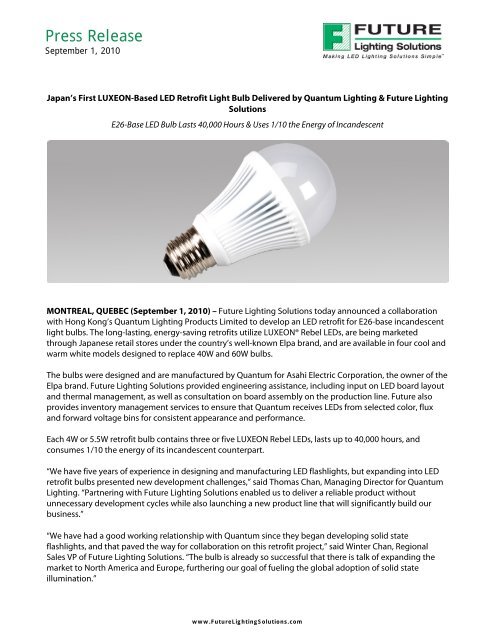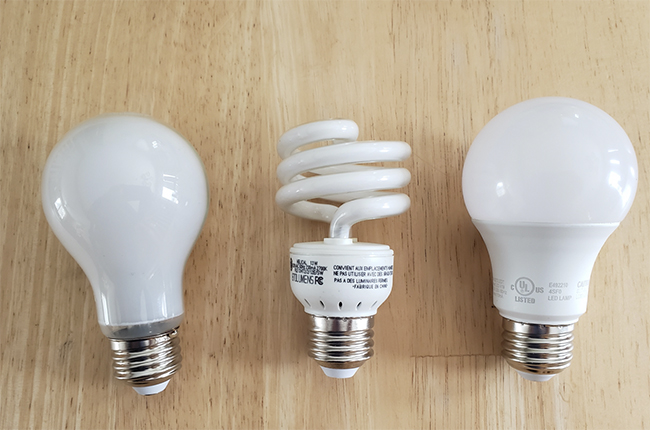


It’s used to illuminate a performance venue and make an impact on an event, giving visual direction and shaping the environment. After the tree is taken down, the city recycles the tree into mulch for public gardens and community spaces, and encourages its citizens to do the same with their trees. Because these LEDs last for about 10 years, the city is able to reuse the lights each year. These bulbs reduce energy use from 20kWh to less than 1 kW per hour, saving more than 19kW per hour. Using LED lights exclusively for four years, this year’s tree is decked out in over 3,000 LEDs. 2.Ī 63-foot-tall white fir tree at Houston’s City Hall features LEDs by Reliant Energy (an NRG Company). These LED lights only use 12,000 watts, which is 80% less than the 60,000 watts that the tree’s previous incandescent lights used. Gold and silver ornaments that range in size from baseballs to basketballs gild the 1,000 tree branches. The tree features over 120,000 warm-white LED mini lights that turn on at dusk. This year, Los Angeles is home to a 66-foot-tall artificial tree that soars six stories above downtown L.A. The Rockefeller Christmas Tree was lit Nov. Solar panels on one of the Rockefeller buildings help power the LEDs. This year’s 80-foot Norway Spruce is decorated with more than 30,000 multi-colored LEDs and crowned by a 550-pound crystal Swarovski star, which sparkles with 700 of the tree’s LEDs.īy switching to eco-friendly lighting, Rockefeller Center decreased the tree’s daily energy consumption from a massive 3,510 kWh per day to 1,297 kWh per day. Since 2007, the Rockefeller Center Christmas Tree has been lit exclusively with LEDs. 1. In addition to the National Christmas Tree, Washington displays another holiday tree covered in LEDs: The Capitol Christmas Tree sits in front of the Capitol building it was lit on Dec. President Barack Obama and First Lady Michelle Obama lit the National Christmas Tree on Dec. These LEDs – which are 80% more energy efficient than the old incandescent bulbs that used to drape the tree – save 100kWh per day and $340 in total across the holiday season. GE, which has been lighting the National tree for 50 years, started using energy-efficient LEDs in 2007. The 35-foot National Christmas Tree is designed with just under 50,000 sets of programmed, color-changing LED lights and starburst ornaments, yet only uses 2,000 watts.

Miriam Berg of the Alliance to Save Energy has rounded up a look at energy-efficient holiday displays across the country, reposted here with permission. Imagining those savings multiplied many times over for municipalities and other entities that put up large holiday light displays, it’s no surprise to see LEDs popping up around the country. With prices starting around $25 for a set, energy-efficient lights could pay for themselves within a season. The same usage for an LED string of lights would cost 32 cents. household uses a string of 300 lights for 225 hours this season, at a price of 12 cents per kilowatt hour, it would cost close to $57. An incandescent holiday light typically needs 7 watts of power, versus. This efficiency can translate into significant savings on a utility bill. government’s ENERGY STAR program, which has certified a number of brands of light strings that it says can last up to 10 times longer and use 70 percent less energy than incandescent strands. A tidbit to consider when you are stringing your tree and adorning your home with lights this year (or next): If all of the holiday bulbs sold this year were energy efficient, it would save 700 million kilowatt hours and the equivalent of greenhouse gas emissions from 100,000 cars.


 0 kommentar(er)
0 kommentar(er)
